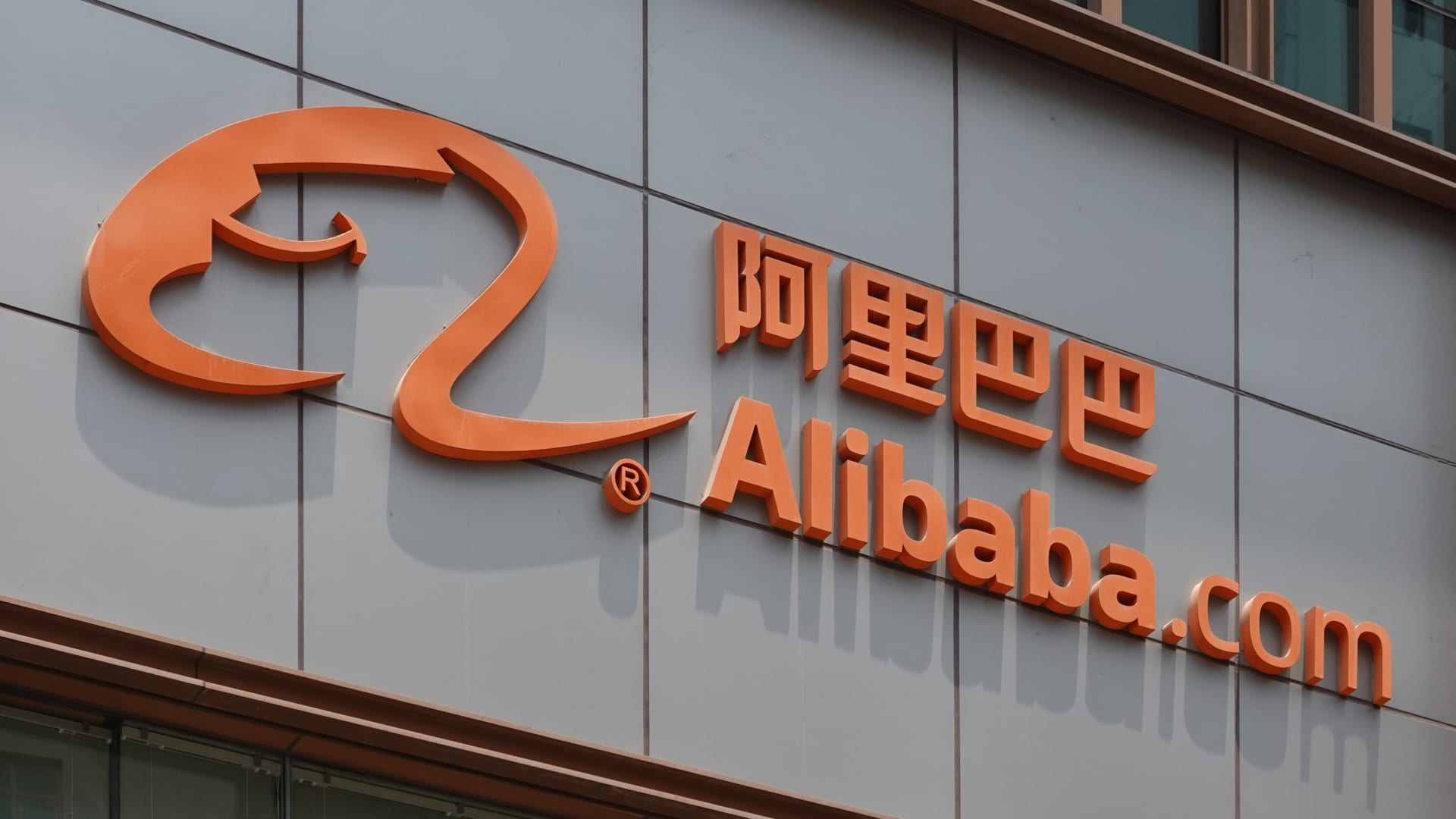China’s Chang’e-6 mission, launched on May 3rd, is one of China’s most ambitious space missions, aiming to collect lunar samples from the far side of the Moon and return them safely to Earth. The mission involves a complex series of maneuvers, including landing a lander within the Apollo crater using a communications relay satellite, collecting samples, transferring them to an ascender, docking with the orbiter, and finally returning the samples to Earth.

These lunar samples, particularly from the South Pole-Aitken Basin, are expected to provide valuable insights into the Moon’s geological history and the early Solar System. The mission serves as a stepping stone for China’s larger space ambitions, including crewed lunar missions planned before 2030 and establishing a lunar base in the future.
The mission’s rendezvous and docking element, though not essential for a sample return, is crucial for future crewed lunar missions, showcasing China’s readiness for more extensive lunar exploration endeavors. China’s space program demonstrates its scientific, economic, and geopolitical motivations, including the development of technologies like nuclear reactors for lunar power and participation in an International Lunar Research Station.
China’s space program is comprehensive, encompassing not only lunar exploration but also endeavors in astronomy, astrophysics, and exoplanet detection. Future missions include sampling near-Earth asteroids, visiting comets, exploring Mars, and even considering missions to the ice giants Uranus or Neptune. Additionally, China is exploring commercializing space and its resources, exemplified by discussions of creating an Earth-Moon economic zone.
Ultimately, Chang’e-6 represents China’s push towards becoming a major player in space exploration, with ambitions extending beyond lunar missions to deeper space exploration and commercial endeavors.





